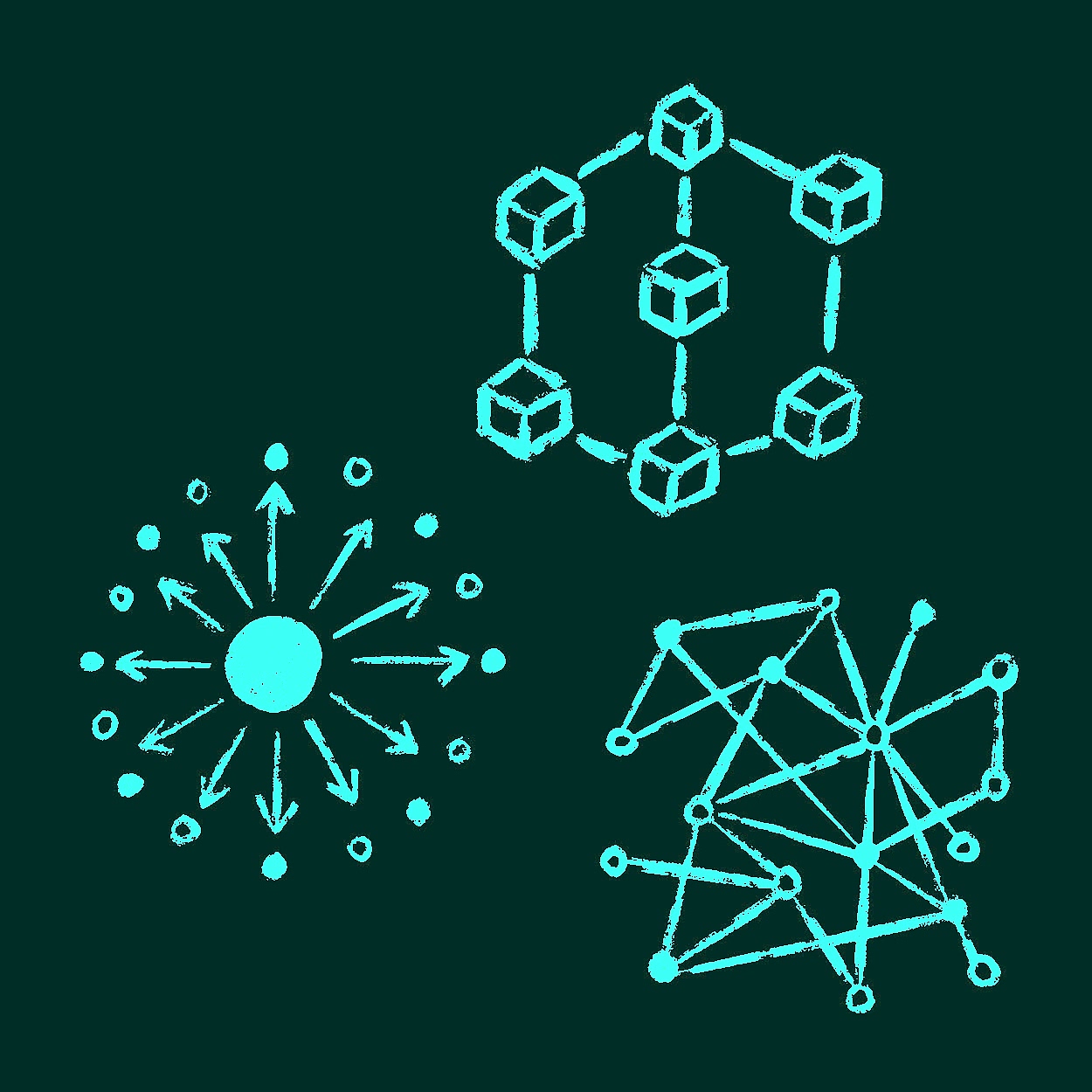
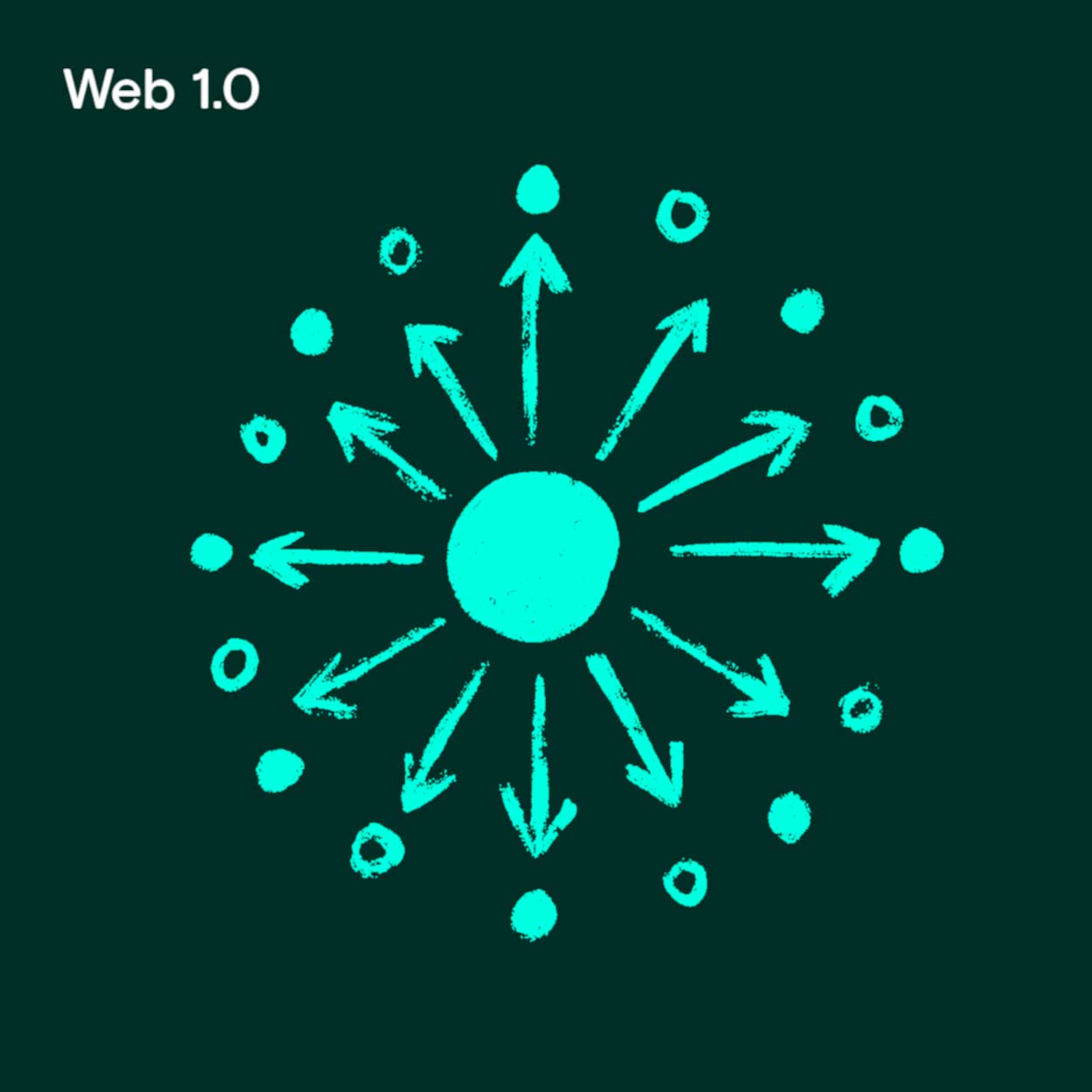
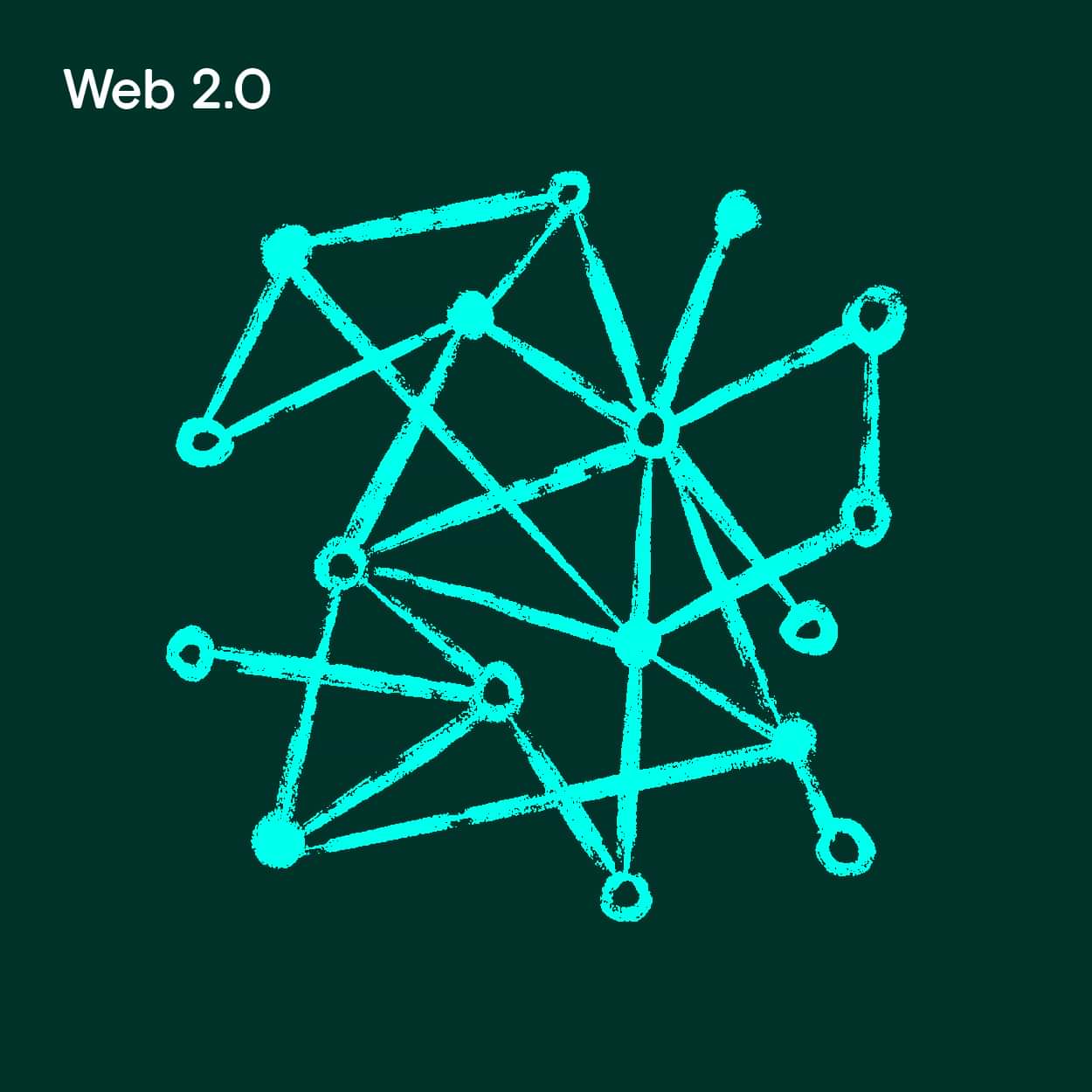
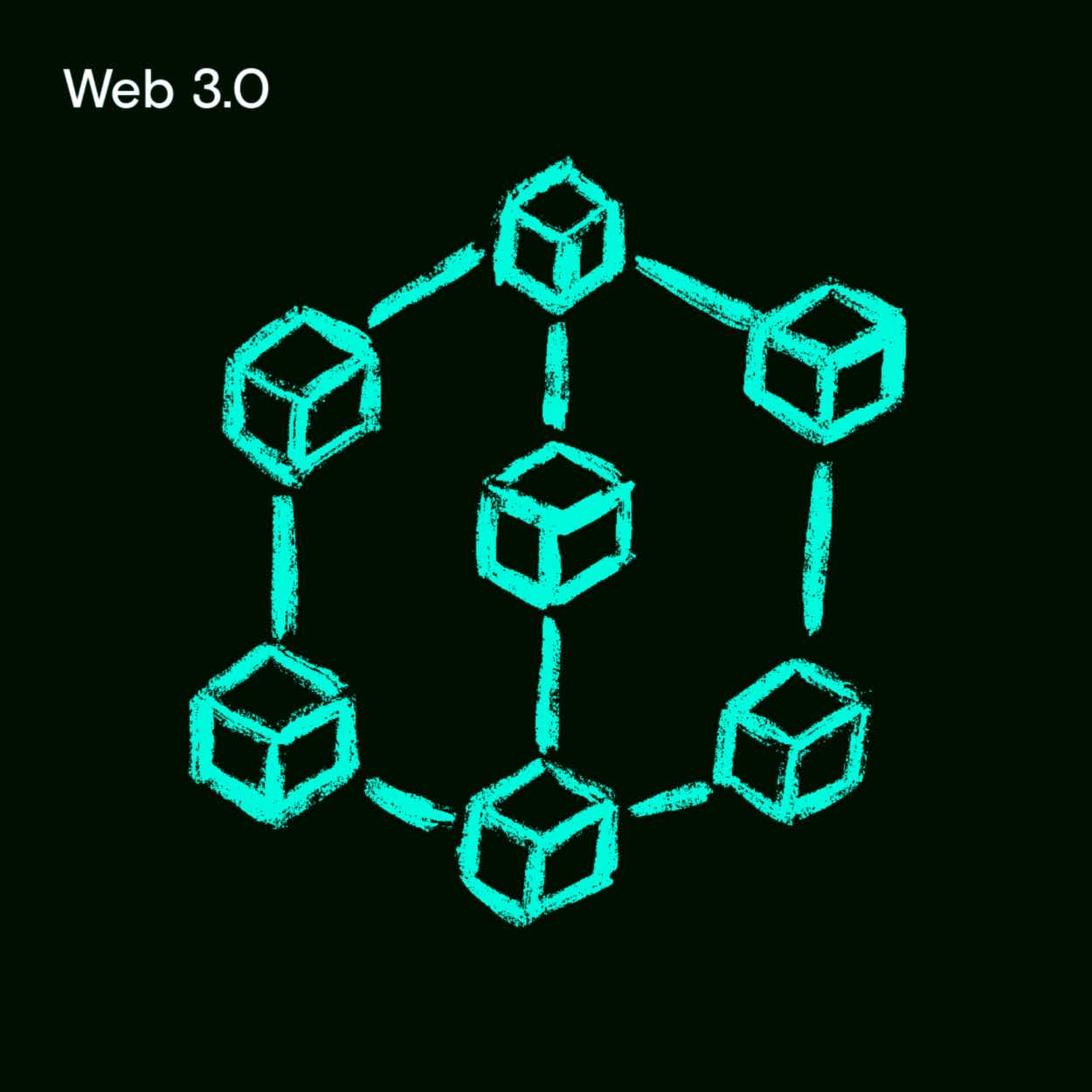
What is Web3 and what could it mean for your business?
Welcome to Web3 - decentralised technology for the next generation of the internet.
What is Web3?
The history of the internet can so far be broken down into 2 distinct phases: Web 1.0 and Web 2.0.
Web 1.0, which can be thought of as the read only web, was in use between around 1990 and 2004 and featured static websites with content delivered to the reader and little or no interaction possible. It was still not the norm to use the internet and not every household owned a computer.
Web 2.0, between 2004-present, saw the read-write web. As social media platforms took hold, users began to generate their own content via posts, videos and blogs. They could consume and interact with other users' content and websites became a lot more exciting. More and more people came online and as they did, the advertising driven revenue model flourished.
Content created by users was owned by the companies behind the platform, not the users themselves, meaning work could be lost if users were locked out of an account or removed by the company. The platforms were free but users often had to give their personal data to use them, or worse, it was misused without their consent.
Web 3.0, or Web3, was coined in 2014 by Gavin Wood, co-founder of Ethereum, on the premise of the read-write-own model. Web3 is decentralised and gives individuals ownership of their digital assets in a way that we haven’t seen before. This technology is viewed by many as being the future of the internet.
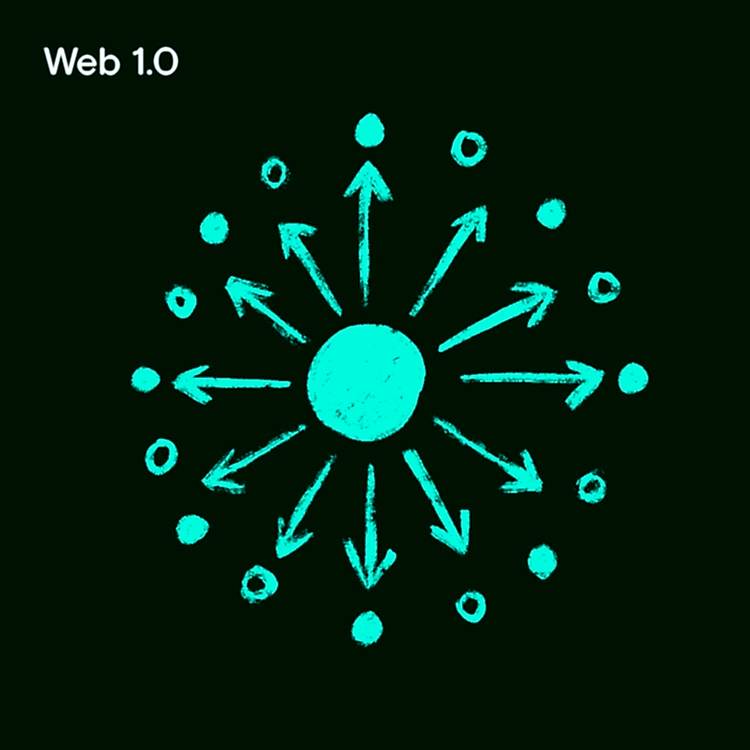
Innovation through decentralised technology
In Web2, businesses—most notably Google, Apple, Facebook, and Amazon— began the process of centralising technology for profit, building software and services with more impressive capabilities than the previously used open protocols. An example is email. Simple Mail Transfer Protocol (SMTP) is an open protocol, meaning that nobody owns it, which enables email to be sent and received. Companies such as Google and Microsoft have built Gmail and Outlook on top of SMTP to allow features that are more desirable to consumers, however as they are not charging for these services, their actual business model lies in collecting data and selling personalised advertising.
The decentralised networks of Web3 offer an alternative to the centralised, for profit model. While centralisation has meant that billions of people have gained access to amazing technologies, it may also have stifled innovation. It may be harder for startups and creatives to develop their products because centralised platforms often change the rules about who gets access, which can suddenly remove their core audience and with it, their profits.
With the decentralised tech endemic to Web3, there are already plenty of innovators building apps to challenge the centralised services we’re familiar with today. These will grow and develop as their audience and user base grows.
An example of how the web community furthers tech is the rivalry between Wikipedia and Encarta in the early 2000s. Encarta, the centralised incumbent, began as a far better product than the decentralised Wikipedia. However, Wikipedia grew and developed at a much faster rate due to its contributors who were attracted to it for its decentralised, “for the people by the people” ethos. Wikipedia quickly overtook the more static behemoth of Encarta as the internet’s most popular reference site, and eventually Encarta was closed down.
Centralised services and systems may be released in a more fully formed and polished state than decentralised ones but can struggle to update and improve, whereas decentralised tech, with their motivated and creative contributors, are more agile and ultimately faster developing.

Avoiding a single point of failure through decentralised networks
Centralised networks can be vulnerable to a single point of failure which can cause real issues for millions of people and businesses. In June 2021, a bug triggered by a single customer updating their settings, caused major websites including the British Government site, to be unavailable. And in October 2021, the Facebook family of apps, including Instagram and Whatsapp, were unavailable for hours, removing access to businesses customers and meaning that people were unable to sign into their TVs, thermostats and other internet connected devices.
This highlights how reliance on one centralised system or company can lead to widespread chaos and real life damage.
Safer transactions
Web3 could mean an increase in privacy and security of personal data with the use of blockchain technology. Blockchain technology is a system of recording information and transactions in a way that makes it difficult or impossible to change or hack, creating a secure and transparent record. This means that it can store data, including individual’s personal data, securely making data breaches, identity theft and hacking much less common.
Google’s unofficial motto of “Don’t be evil”, which even featured in its Code of Conduct until recently, was an aspirational ideal (and one we’d hope all businesses signed up to), but with Web3 it will be more the case that they just can't be evil. Web3 technologies limit the controls governments and big tech companies can have over their customers, meaning that there are fewer concerns about trust when interacting with systems and services.
Users who live in countries where free speech is not protected are at risk if their online activity doesn’t align with government propaganda, and bank accounts and websites can be shut down via centralised servers. Web3’s decentralised technology will make it easier and safer to disseminate information online and take action that is not approved by the regime.
Cryptocurrencies
In Web2, the internet serves as a link to the offline financial system, allowing users to connect with their bank to authorise payments via a third party site or service. Cryptocurrency is fundamentally digital—it doesn’t represent money in a bank account in the non digital world.
Cryptocurrency payments could lower the cost of some transactions, such as cross border payments and allow access to people who cannot use the traditional banking systems.
User owned content and digital assets
Social platforms such as Twitter and Medium allow users to share content and interact with others’ content. On a decentralised publishing platform, while the interface may be similar to these platforms, users could pay for the content they enjoy the most, removing the need for content creators to work out how to monetise their work via a third party.
Centralised platforms such as YouTube have high viewing thresholds for monetisation and pay relatively low amounts for content, whereas users could begin earning immediately through a decentralised platform, as long as people enjoyed their content! Because there is no central, for profit business behind the platform taking a cut, more of the revenue ends up with the individual.
Decentralisation would also give more control to the owners of the content and prevent loss of work. Currently, if there was a software bug affecting Twitter, Medium or YouTube, or if a user breaks a condition of use, they could be locked out of their account, meaning their work, audience and potential revenue stream is gone forever.
Non-Fungible Tokens - NFTs
Non-Fungible Tokens, or NFTs, refers to the digital representation of a real life or digital asset such as art work. NFTs are unique, cryptographic tokens that exist on a blockchain. They have distinct metadata and ID codes and therefore cannot be replicated, reducing the risk of fraud.
NFTs differ from fungible tokens such as cryptocurrencies in that they cannot be traded like for like, whereas one Bitcoin is exactly the same as another Bitcoin and so can be used in commercial transactions, NFTs are entirely unique.
NFTs are mainly used as a way to gain collectibles, such as artwork and sports cards. In December 2020, Twitter’s Jack Dorsey turned his first ever tweet “just setting up my twttr” into an NFT which sold for a staggering $2.9million (the value has since dropped by 99%). The most common blockchains to buy and trade NFT’s in 2023 are Ethereum, Solana and Polygon.
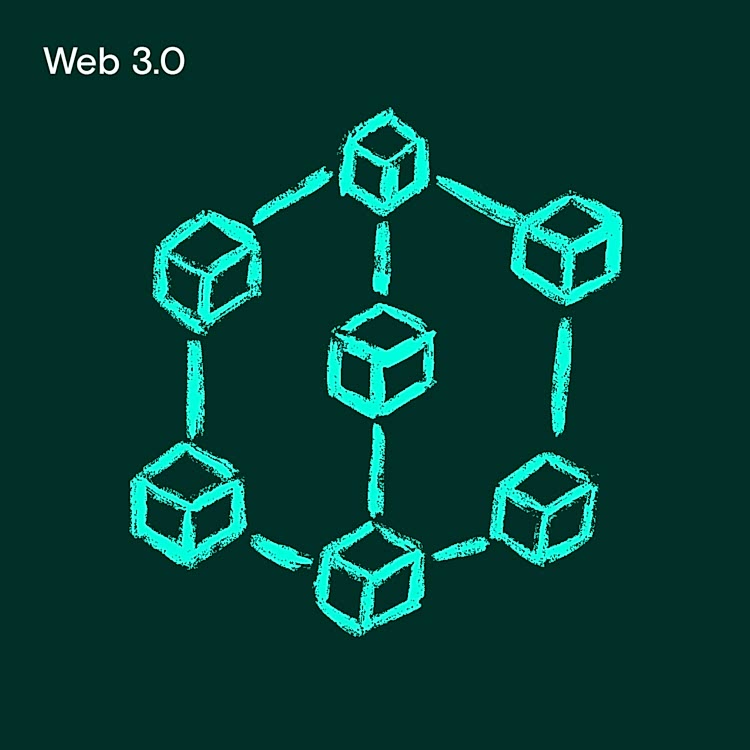
What does Web3 mean for your business?
While a complete shift to Web3 is still a long way in the future, many businesses are preparing now.
Industries such as manufacturing, finance, insurance, gaming, health and social media could benefit by using blockchain technology to reduce inefficiencies, create faster transactions and provide secure records for their customers or patients. A good use case for NFTs can be seen by the popular music festival Tomorrowland, in 2022 they released a series of NFTs that will give users access to presale tickets, as well as additional benefits such as access to a private tent at their festivals.
Because blockchain can mean less likelihood of data breaches and identity theft, customers will have a better experience using your website and feel more secure handing over personal data such as payment details.
Web3 could mean many more and varied avenues of reaching your target audience. For example, Pot Noodle launched a virtual version of its careers fair when the real world event was cancelled due to COVID-19. The digital event experienced a 400% increase in attendees and five times more job applications.
However your business approaches the Web3 revolution, innovation will be key.
Need help with a project?
We’d love to hear about it.
Latest Ideas & Insights
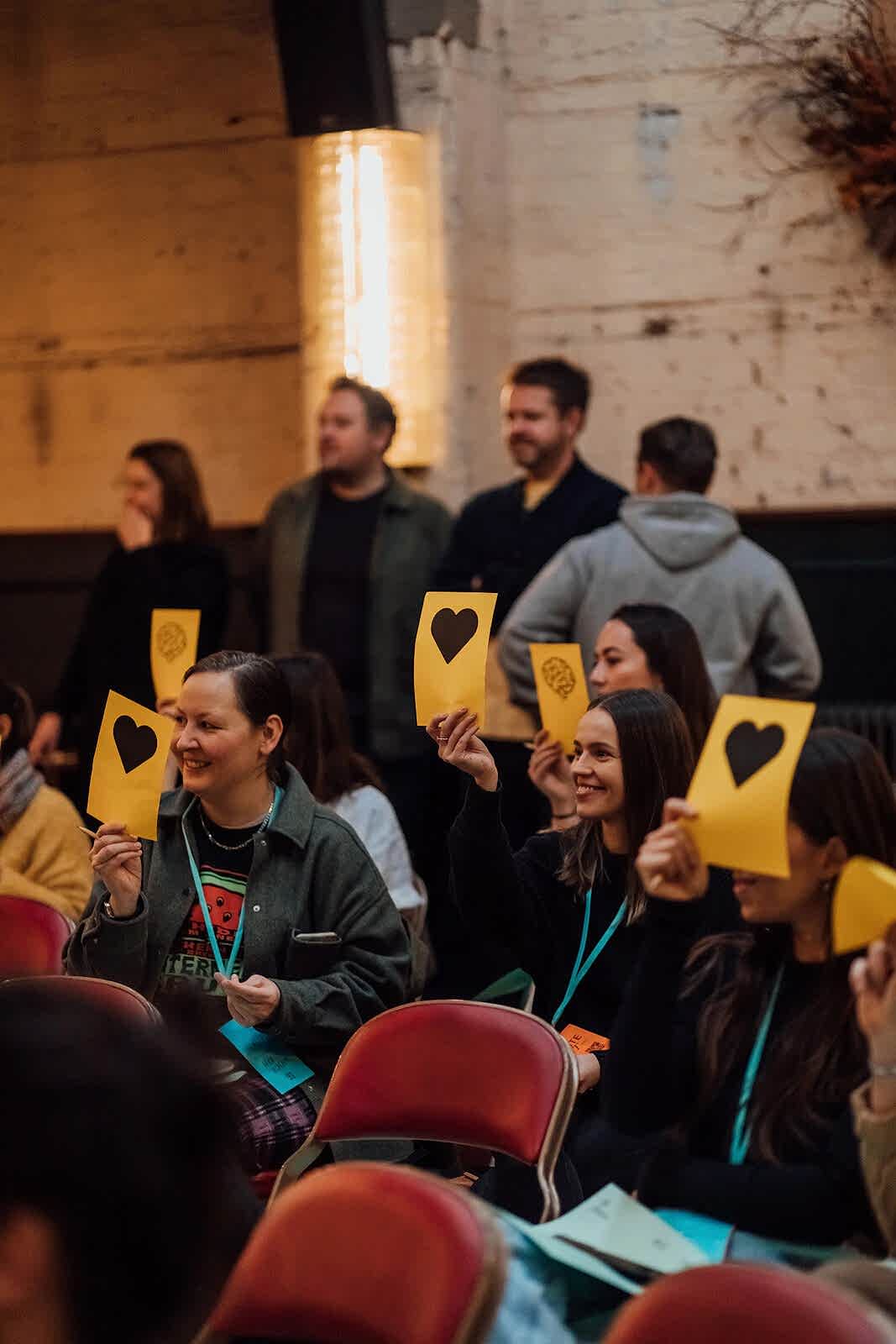
93 Features – Marketing for growth, reducing your spend and increasing your impact
For the latest 93 Features event, we were joined by James and Becs from Kokopelli for a comprehensive look at funnel strength, the importance of advocacy, and turning your biggest weakness into your biggest opportunity. Find out more
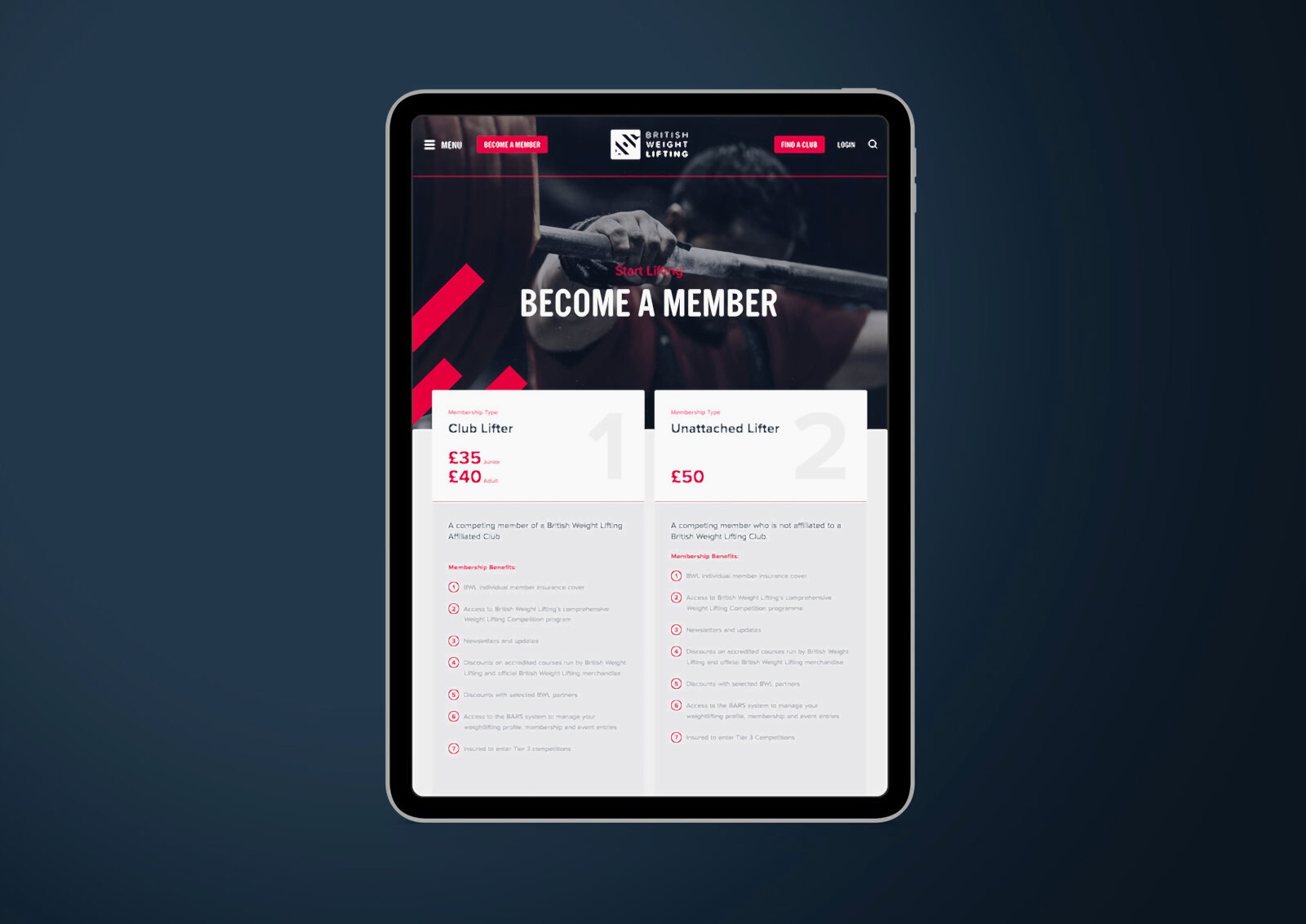
Medal winning websites - Is your sports website Olympic ready?
How 93ft and Sport:80 are supporting National Governing Bodies of Sport to reboot and thrive in the digital world. Find out more

Creative Internships with 93ft Design Studio
Incubating fresh talent, supporting creative individuals and expanding the 93ft team Find out more
Discover what happened when local Sheffield businesses joined 93's SEO specialist at The Mowbray for a SEO training and networking event.












